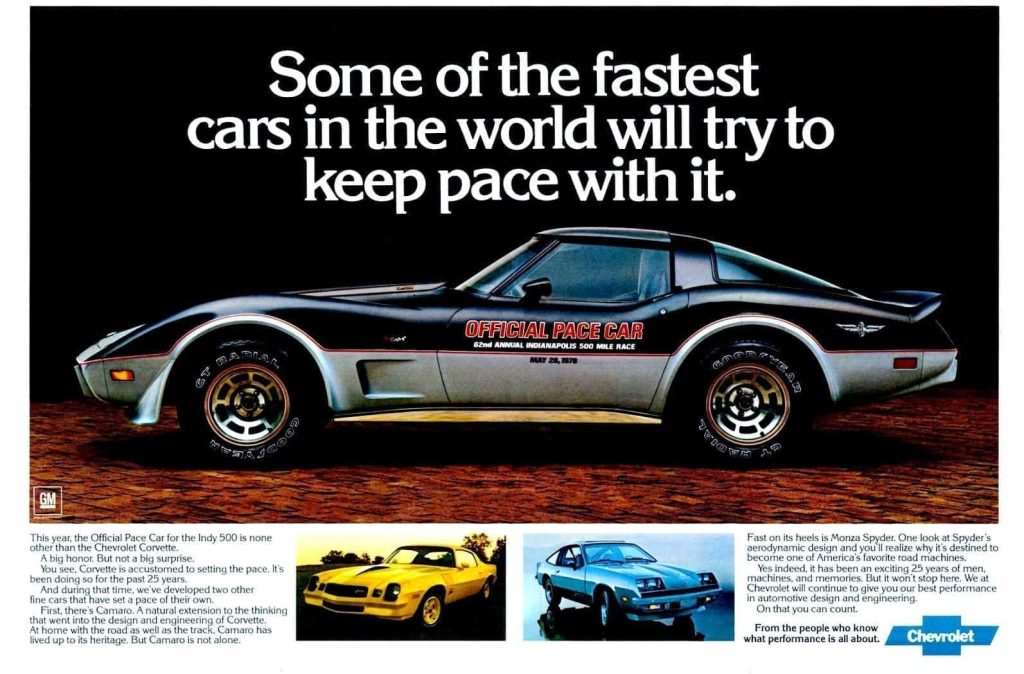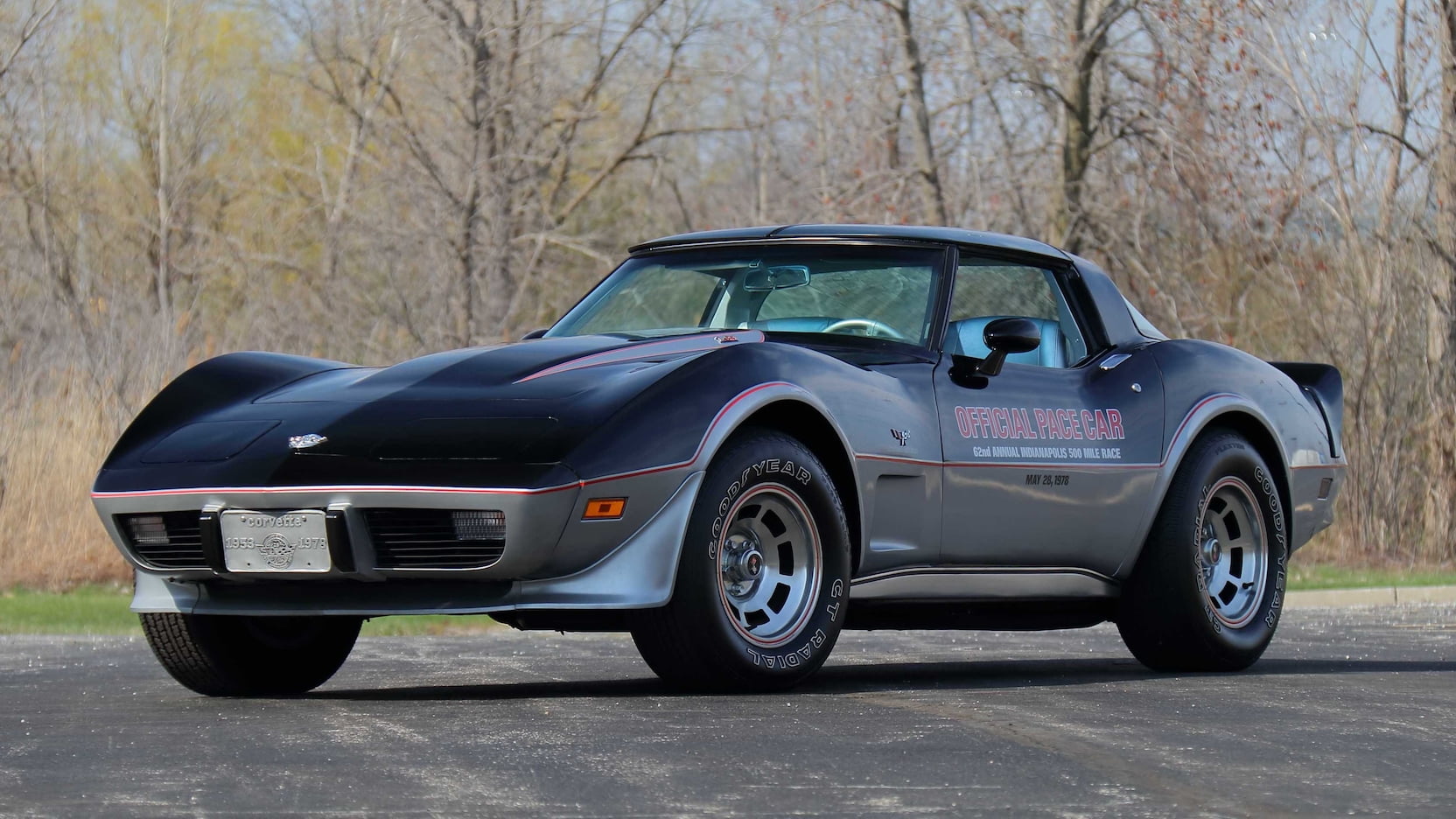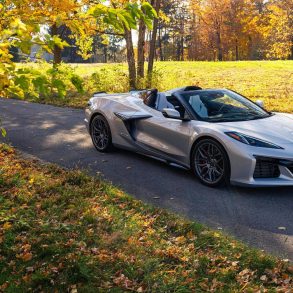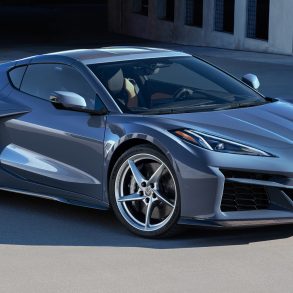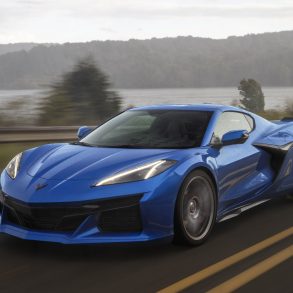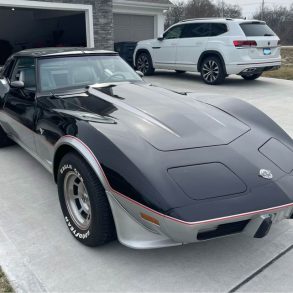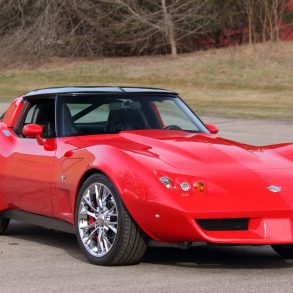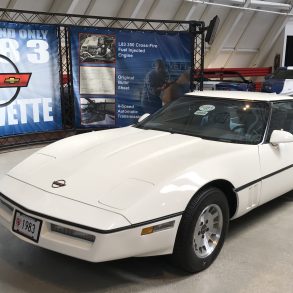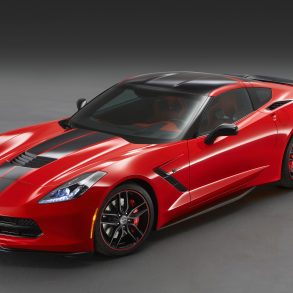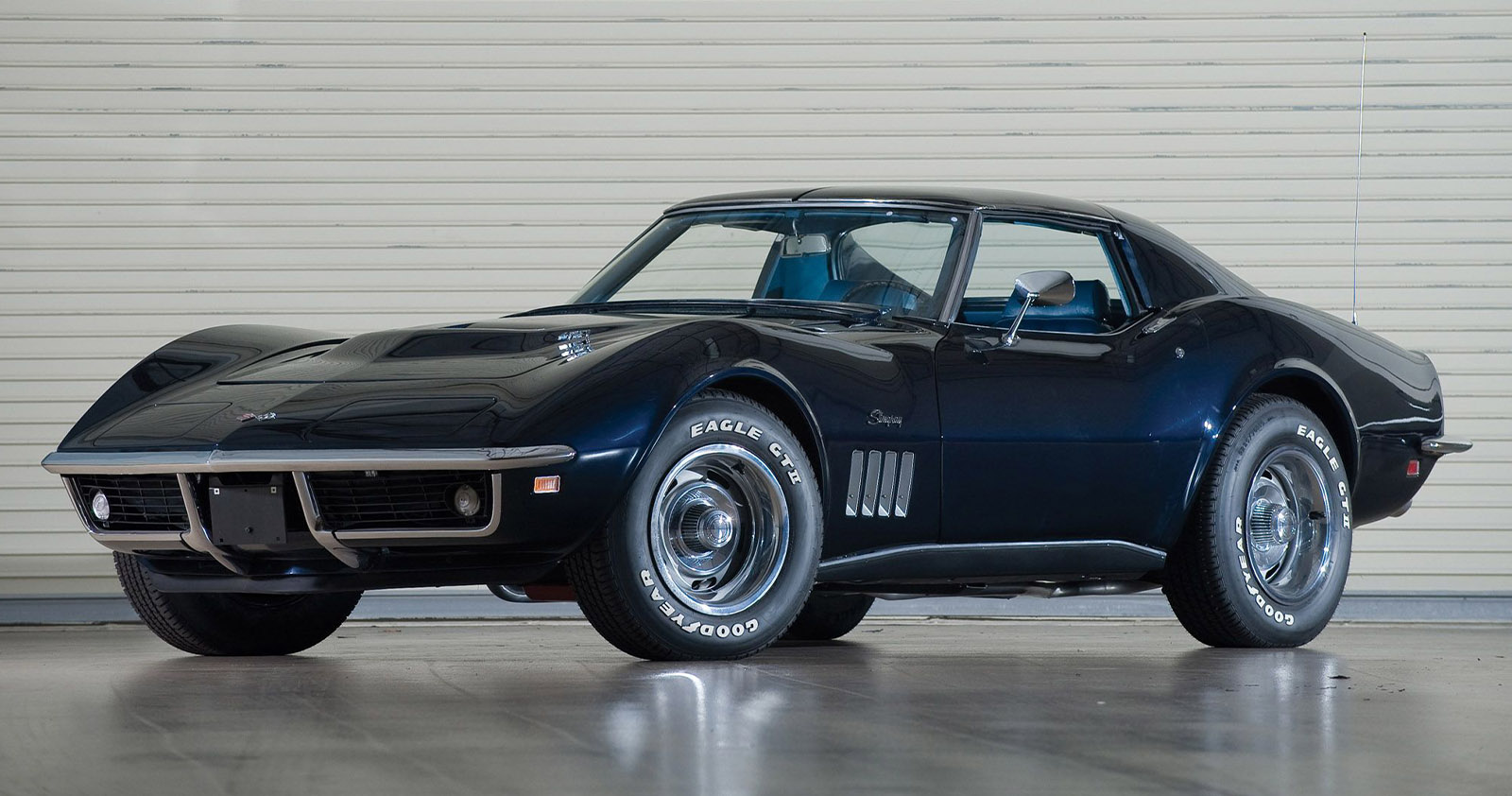1978 Special Edition Corvette Models
On March 15, 1977, the 500,000th Corvette rolled off the assembly line at Chevrolet’s St. Louis manufacturing plant. The car came finished in white paint and featured a red interior, both of which harkened back to the original color scheme of the 1953 Corvette. Despite achieving a significant production milestone in the brand’s decades-long history, the team at Corvette had little reason to celebrate. Though brand loyalty to Corvette was still strong among consumers, the third-generation Corvette had remained largely unchanged since its introduction in 1968.
The changes that had been made included the introduction of smaller, less powerful engines resulting in lost horsepower and increasingly mediocre performance out of Chevrolet’s flagship sports car. Although the Corvette’s long-term future remained uncertain, especially given recent challenges stemming from OPEC and the increasingly stringent emissions requirements of the day, chief engineer Dave McLellan and the Corvette development team set to work on a redesign of the third-generation model to commemorate the car’s twenty-fifth year of production.
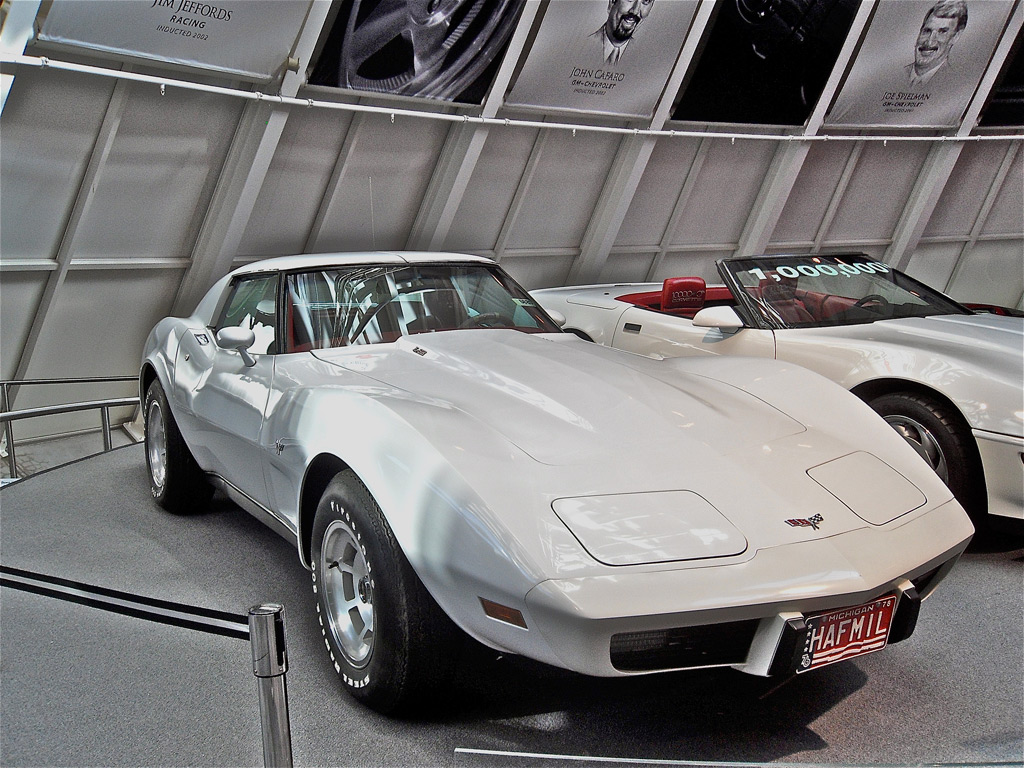
The 1978 model year Corvette received a facelift for its silver anniversary.
First, the car’s exterior styling underwent some significant changes. The rear, flat “sugar scoop” window assembly was replaced with a wrap-around, fastback-style glass window. The design gave the car the appearance of having a hatchback (an option that would be introduced a few years later), but for the 1978 model year, the rear glass was a fixed assembly. Even so, the introduction of the larger, more open rear glass improved driver visibility and allowed for increased storage behind the driver and passenger seats. Glass roof panels were also introduced as optional equipment, providing vehicle occupants with a brighter, more open-air feeling cockpit when purchased. Lastly, every Corvette built in 1978 received special badging that celebrated Corvette’s 25th anniversary.
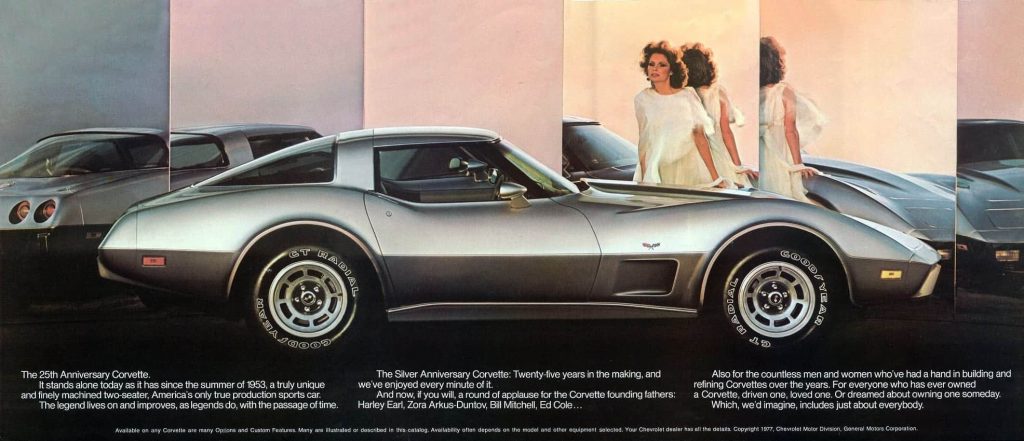
For 1978, two 350 cubic-inch V8 powerplants were offered to consumers: the L48, which was rated at 185 horsepower, and the optional L82, which was rated at 220 horsepower. Both powerplants were offered with a four-speed manual transmission (standard equipment) or an optional three-speed Turbo HydraMatic automatic transmission. A four-speed, close-ratio manual transmission was also made available to consumers ordering the L82 engine. In all cases, every 1978 Corvette also came equipped with a Positraction rear end. Corvettes equipped with the L82 engine and the close-ratio transmission were reported to run 0-60 times of 6.6 seconds, a quarter mile time of 15.3 seconds at 95 miles per hour, and a top speed of 127 miles per hour. While hardly earth-shattering performance by today’s standards, it was a large enough power bump to get consumers excited about the upgradeable powerplant options.
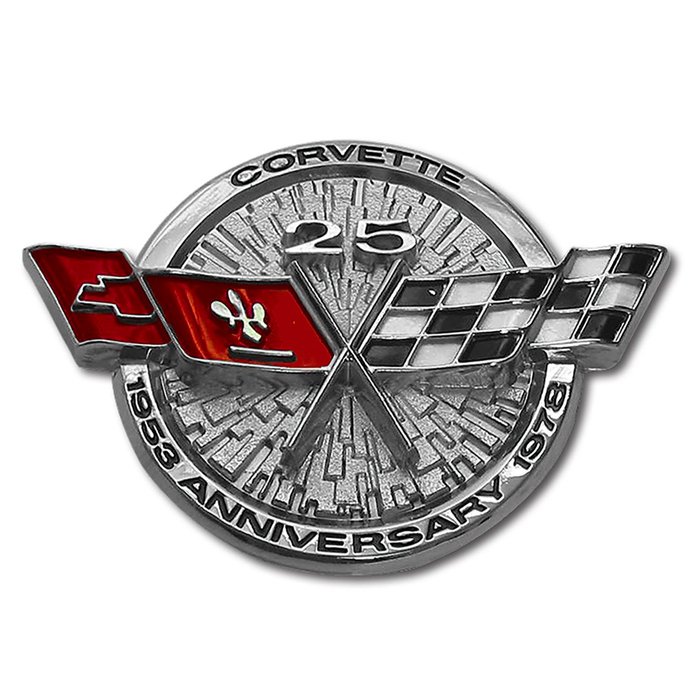
While the redesign gave the Corvette a fresh look for the new model year, Chevrolet also recognized the importance of commemorating the car’s quarter-century of production. For the first time in the brand’s history, two special-edition Corvettes were introduced for the 1978 model year: the Silver Anniversary Edition and the Indy Pace Car coupes.
The 1978 Silver Anniversary Edition Corvette
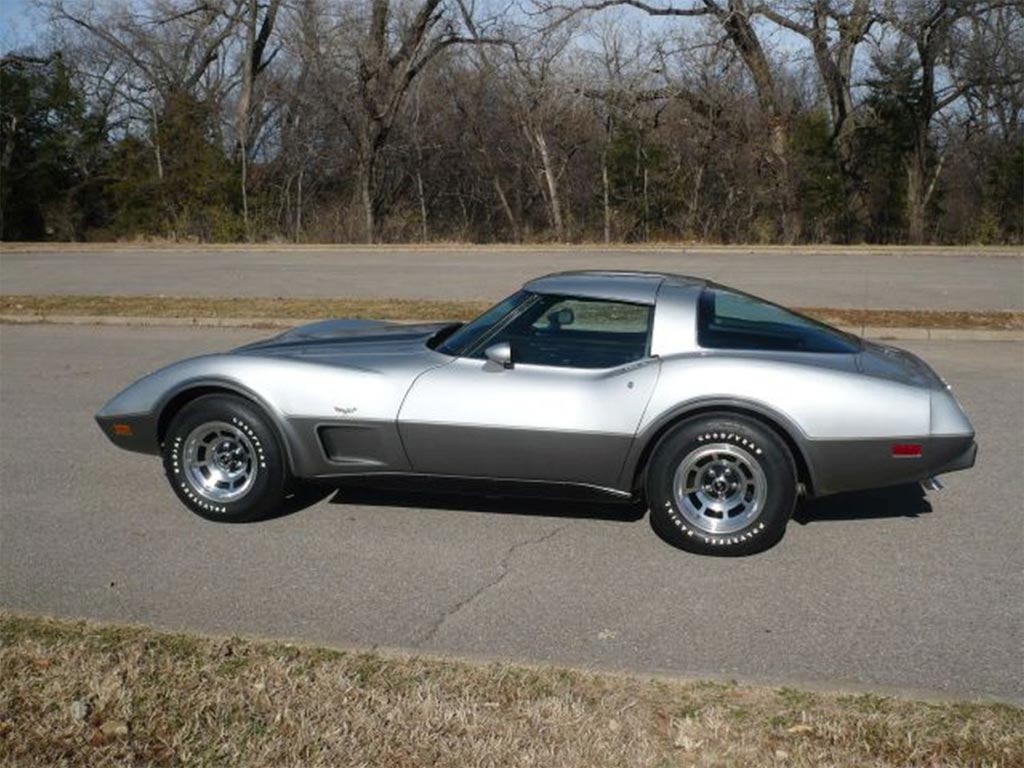
The 1978 Silver Anniversary Edition Corvette was developed to offer consumers a “collectible” model that commemorated one of Corvette’s milestone production anniversaries (its twenty-fifth anniversary in this case) in a way that had ever been done previously with any Corvette model year that had come before it. Although the car was mechanically identical to all of its 1978 counterparts, the “Silver Anniversary Edition” Corvette received a special two-tone, gray-on-silver paint job and exclusive, cast aluminum alloy wheels. The Silver Anniversary cars came finished without any type of rear spoiler, though a spoiler package was included on the Pace Car model (more on that in a moment.)
When ordering a “Silver Anniversary Edition” model, consumers could also opt for one of three interior colors – Black (code BK), Oyster (code O), or Red (code R). (NOTE: The interior color of the Silver Anniversary Edition models is an important differentiator today as there were a number of 1978 Corvettes purchased with silver exterior paint that had blue interiors. Although the blue interior was available to consumers who ordered a silver Corvette, it was not an option when purchasing the two-tone Silver Anniversary Edition model.)
The 1978 Indy Pace Edition Corvette
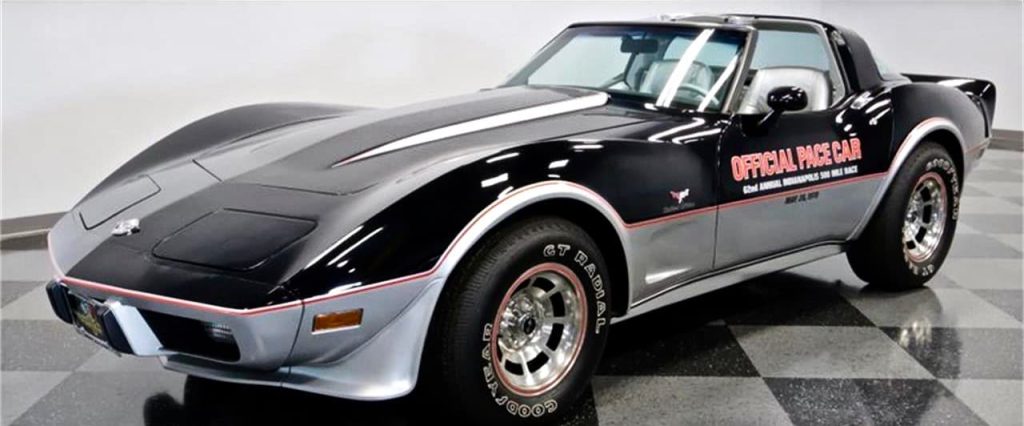
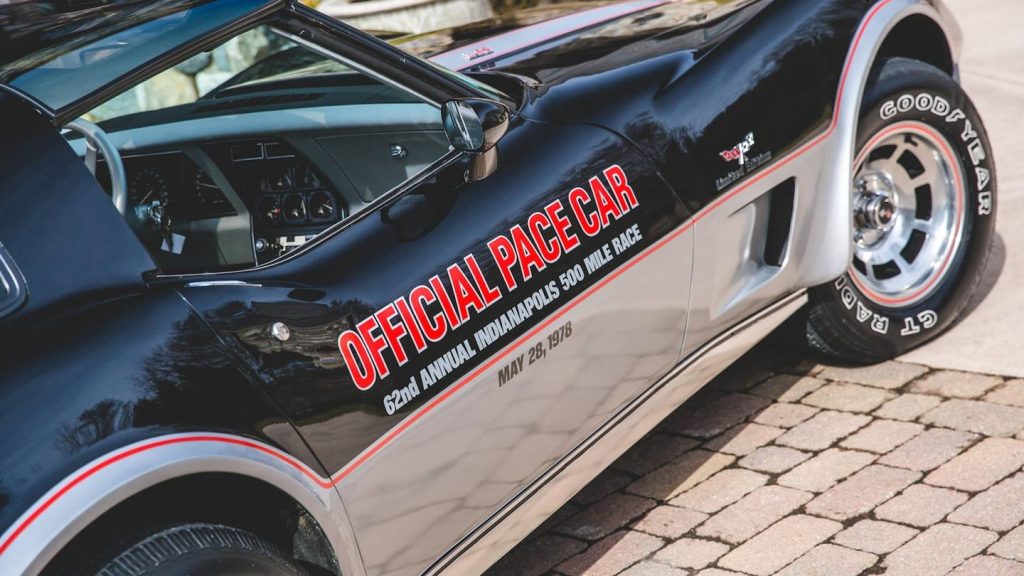
Collectibility Today
